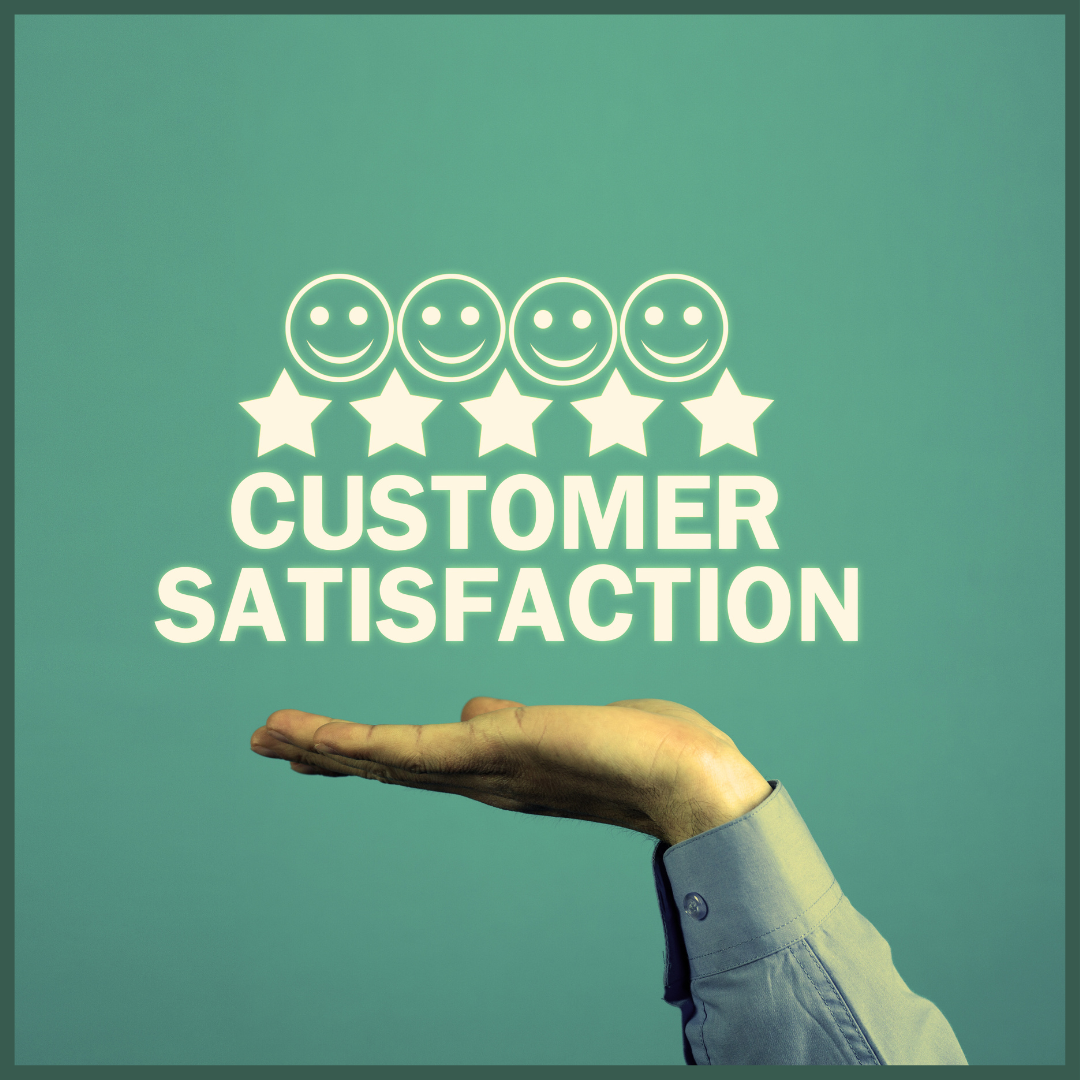Setting the Right Safety Consultant Day Rate as a Health, Safety, and Fire Consultant

Related Posts




 Health and Safety Act: 50 Years CelebrationAug 8, 2024
Health and Safety Act: 50 Years CelebrationAug 8, 2024
Introduction
I asked a safety consultant what their day rate was, “I’m reassuringly expensive,” came the reply with a soft smile. It always stuck with me. When you first set up your H&S or fire safety consultancy, you could be forgiven for thinking you’ve got to price yourself at the lower end of the safety consultancy market; after all, you’ve got to prove yourself right?
Initial Pricing Mistakes
When you first set up your H&S or fire safety consultancy, you could be forgiven for thinking you’ve got to price yourself at the lower end of the safety consultancy market; after all, you’ve got to prove yourself right? I believe this is wrong, and in this blog, I’ll explain why.
It is difficult to provide exact costs on a website due to the unique requirements of each client or business. I’ll also provide my tips on how to calculate the correct day rate for your health and safety services.
The Flawed Low Pricing Strategy
When I first started as a safety consultant, I made the mistake of pricing myself at the lower end of the fire safety market to attract more customers. The approach was simple: do a spot of market research, find a couple of similar consultants, work out their day rate bracket, and price myself at the lower end to be competitive. Please don’t do this. I learned the hard way that it is a flawed method.
Building a Trustworthy Brand
Firstly, you’re building a brand and a loyal customer base as a health and safety consultant. Companies need to trust you to support them as their competent person and to give them the right safety advice. Think about a time when you bought something important; did you simply reach for the cheapest option? Did you consider financial control and simply reach for the cheapest option? There is something comforting about price; it provides a reassuring reflection of quality. It’s the same in any safety consultancy business; clients are often motivated buyers. In my experience, an organization will tend to look for safety professionals when they “need” their services. It doesn't matter if they need a safety advisor for risk assessments or management systems. As my friend was trying to explain to me, they need someone who can provide them peace of mind, someone they can trust. The mistake I made was to price myself so cheaply that I inadvertently put my ideal clients off. Worse, the clients I won often only cared about price, and they were tougher relationships to manage in the long term.

The Race to the Bottom
There’s another problem with the strategy above. As more health and safety consultants join the profession, the day rates continue to average down. It creates a negative spiral known as a race to the bottom where we all lose money. It’s a cycle we can all play a part in changing. Hiring a professional health and safety consultant ensures that businesses receive competent advice and services.
Avoiding the Price Increase Trap
Don’t be fooled into thinking you can increase your going rate later. My plan was to fill my order book, and when I had enough new clients, I could incrementally increase my rate. But I’d priced myself too low. Most of my clients required an annual or biannual refresher for their fire and legionella risk assessment. By the time I went back in two years, I needed to charge 100% more to achieve my desired day rate. These were tough conversations that could have been avoided if I was more realistic about pricing my safety services when I first started. I’d built a business known as “stack em high, sell em cheap.” Perhaps it’s not a bad strategy if you have a large team, but I didn’t. I’d undervalued my time and had become a busy fool. It was a tough mistake to undo as my clients were very resistant to a price hike, and I then had the arduous task of building a whole new client base.

Setting a Fair Day Rate
Okay, let’s get into my tips to avoid the mistakes I made. But, before I do, I want to say that this post is not about rinsing your potential clients. I once read that your day rate should be as high a number as you can say while keeping a straight face; I’m not about that life. It is about setting some considered pricing which puts your safety business on the path to long-term success. Think about a fair day’s work for a fair day’s pay. More importantly, we have a very moral duty to provide a great service to our clients, and I’ve learned the hard way that these easy jobs end up being the most difficult. No one wants to be cutting corners when you realize that you’re making a loss on a project, so it’s best to be proactive and set the right expectations from the start.
Calculating Your Day Rate
Here’s my approach to calculating a fair day rate and my top tips for ensuring you receive the optimum pay as a health and safety consultant:
-
Ideal Salary Comparison: Start by thinking about your ideal job title and corresponding salary if you were an employed safety professional at the same level in your industry, i.e., safety manager. Now you’re going to try to achieve that salary through your day rate.
-
Consider Additional Benefits: You’ll also need to consider the other employed benefits that you’ve got to make up. Make sure you pay yourself a pension and medical insurance.
-
Business Costs: Now it’s going to cost you to run a business. Insurance, professional registrations, marketing budget, transport, office/work-from-home costs, accounting, etc. This total figure is what you need to achieve per year.
-
Working Days Calculation: It’s important to remember that you are not going to work every day. So first remove some holiday and bank holidays, which typically leaves us with around 48 working weeks per year.
-
Client-Facing Days: Not every day is going to be client-facing. You’re going to have days for pricing work, meetings, continuing professional development, etc. When I worked this out, I was left with two to three client-facing days per week, which left me with around 120 fee-earning days.
-
Unexpected Absences: Note we haven’t considered sickness, maternity/paternity leave, religious holidays, etc.
With a bit of basic back-of-the-envelope math, I took the total figure I had to earn and divided it by the 120 working days I had available to earn it in. I was shocked at how much I would have to charge.
The Value of Competence and Reassurance
Company owners need reassurance that they are not in breach of health and safety legislation. But, some other health and safety consultant will provide the same service for half the price. Look, if they’re speaking to you, then they probably know they have safety issues and can’t be too impressed with the “stack em high, sell em cheap” approach. Business owners know they have legal liabilities to their employees and need reassurance. So here’s a tip: try to add value whenever you can, particularly if you’re going to charge a premium. Try to think like your client, anticipate their challenges, and see how you can solve them by offering additional services. This added value can put you head and shoulders above a competitor. Here’s an example: if you’re a fire risk assessor, then provide an FRA summary, access to an online action tracking portal, perhaps some discounted training, or a free fire safety policy. There are endless ways to add more value, and it doesn’t take a lot to turn a basic service into a premium service. By providing these little touches, you can make it really difficult for a new client to say no.
Discounting Strategies
Carefully Discounting for Projects: If you absolutely must discount a service to bring on a new company, then never discount the day rate. You’ll be stuck with that discounted rate for as long as you work with the client. My suggested approach would be to discount the total number of days. I had it on a safety audits project which was due to take 20 days at pounds X per day. The client came back and explained that they’d had a better quote somewhere else. After some discussion, I explained that I couldn’t reduce the day rate because that was already priced competitively. However, if the client was prepared to allow a couple of small tweaks to the project plan, I could complete the works in 18 days, achieving their desired cost. Not only did I manage to maintain the desired day rate, but the small tweaks actually made the project more streamlined.

Conclusion
Earning a living as a health and safety consultant through a day rate is tough and can leave you living hand-to-mouth. I hope these tips have helped provide some food for thought as to how you achieve the day rate you require to provide a better service to your clients. I’d be interested to hear your approach to the day rate and if you have any top tips. Please let me know in the comments if there’s anything I have missed.
Remember, the best position of negotiation is a lack of neediness. If you are desperate for the work, it could put clients off. One way to avoid this is to have a healthy flow of leads into your business.
